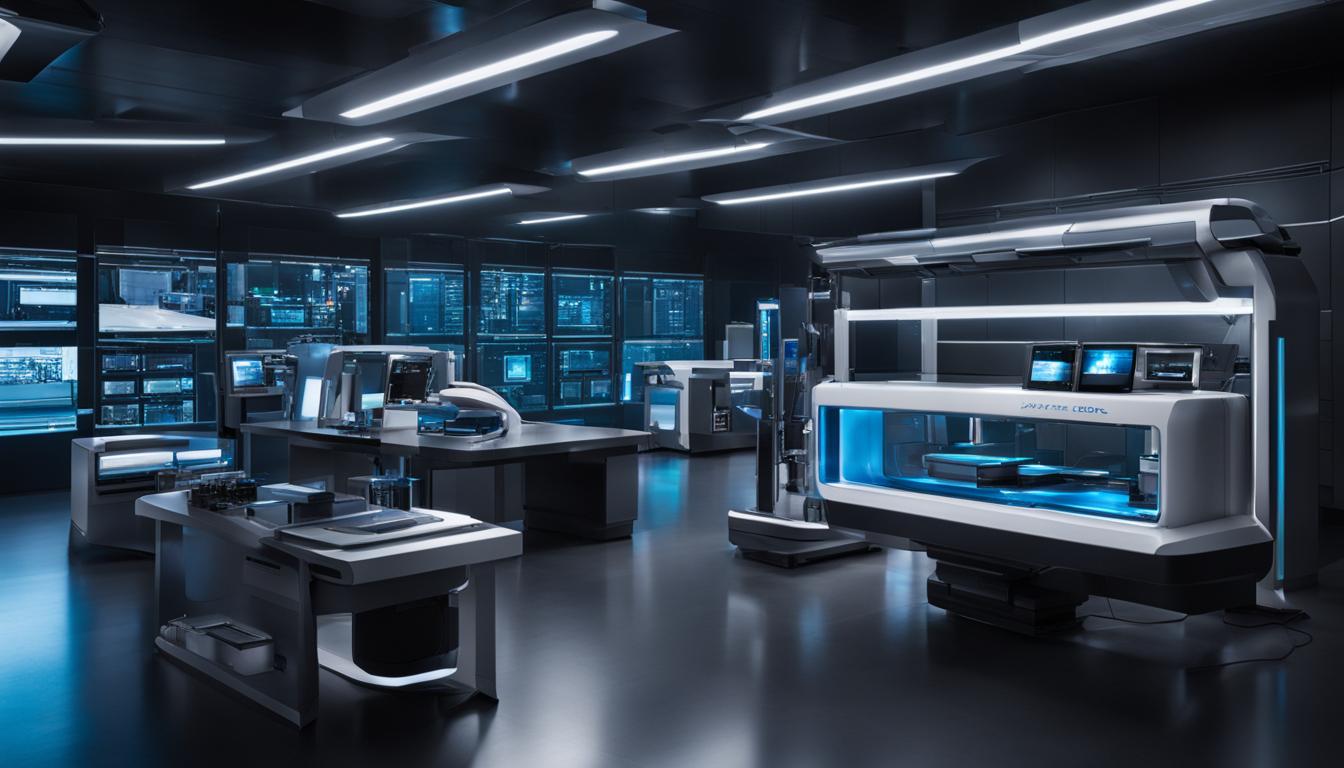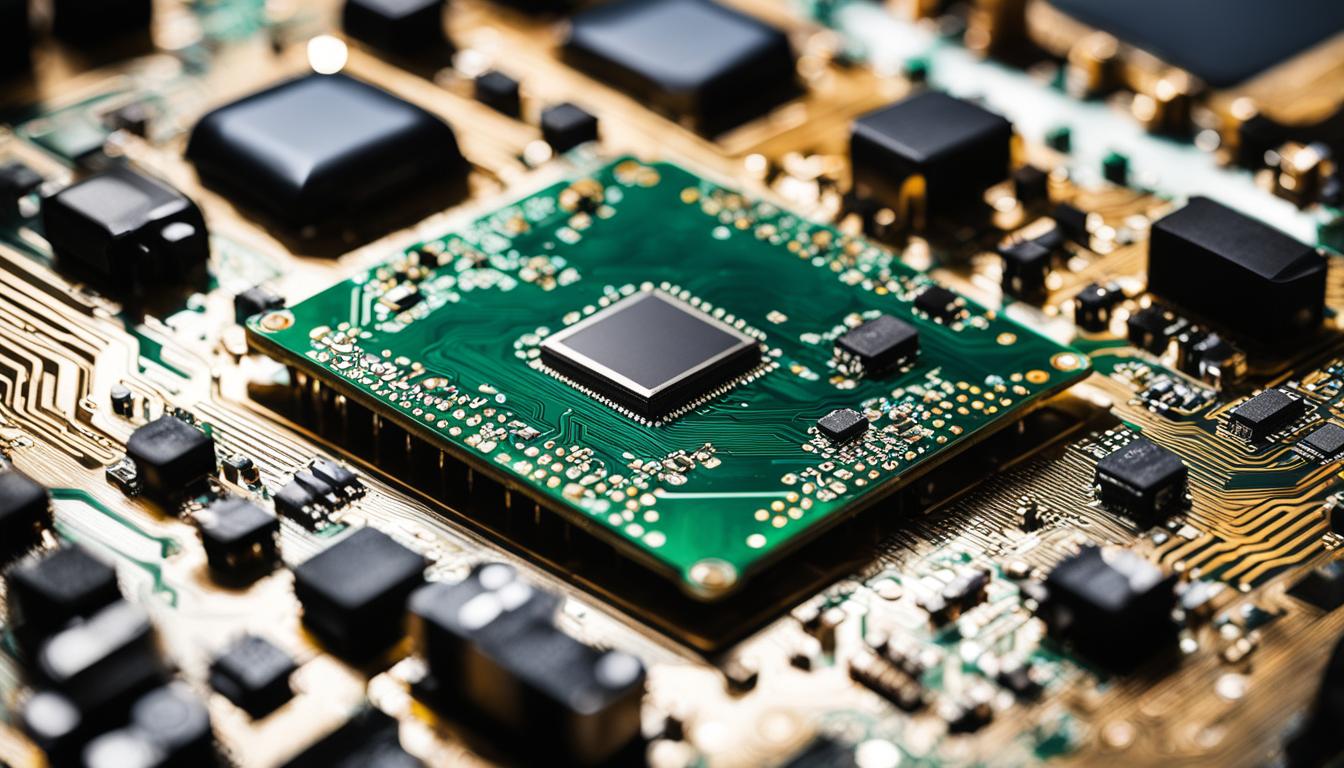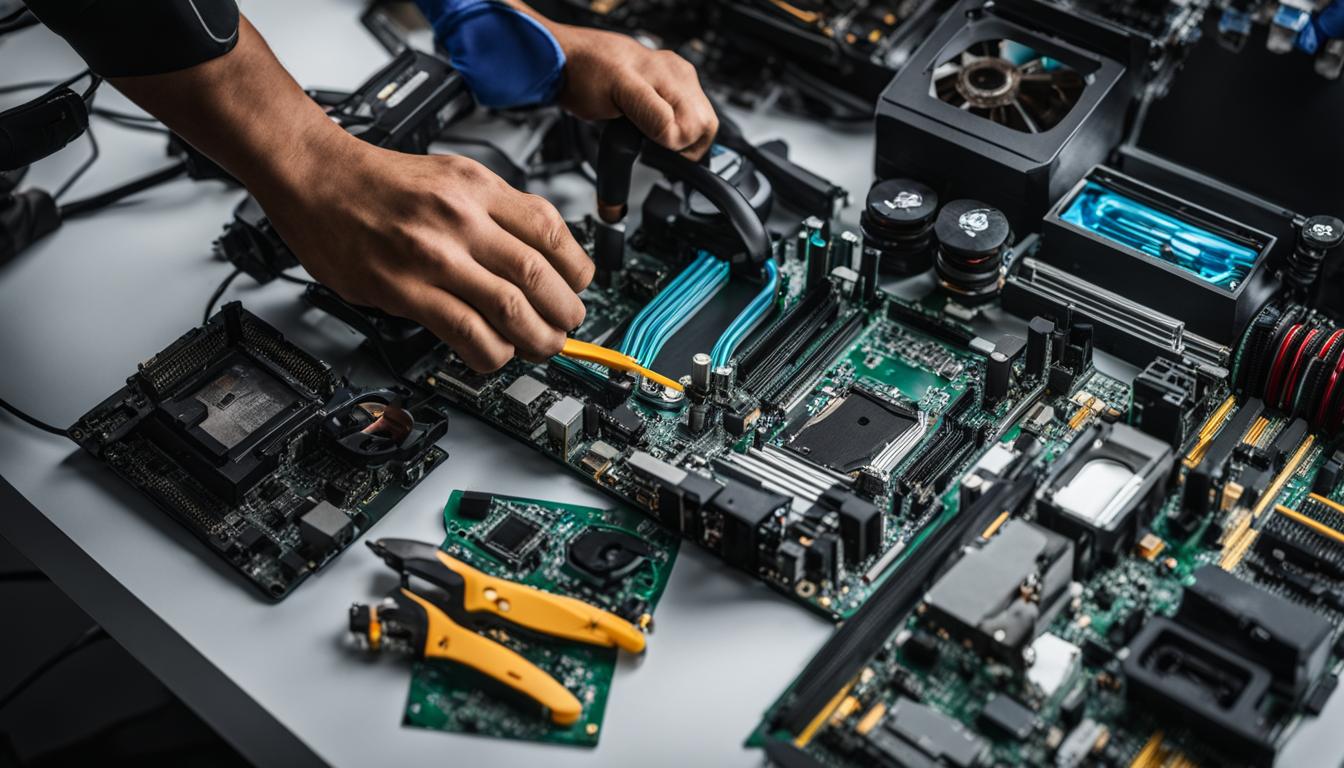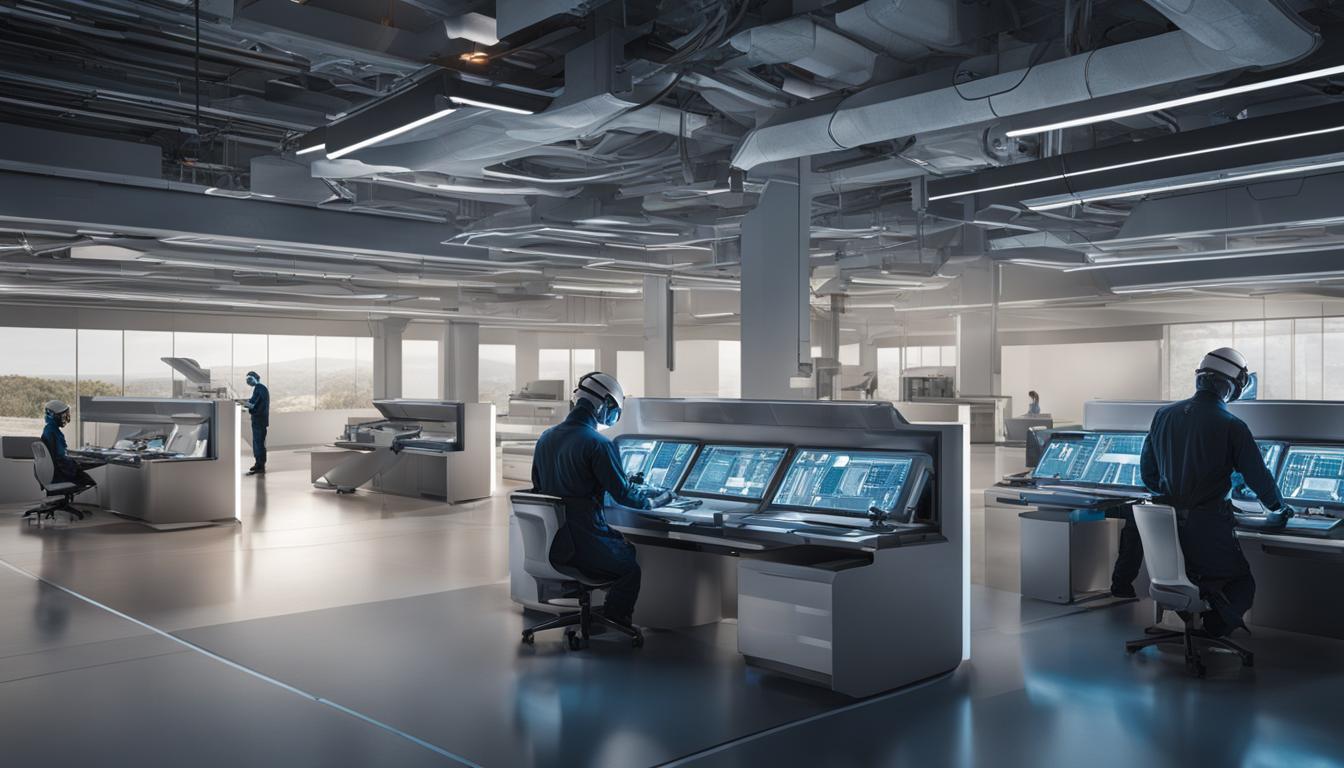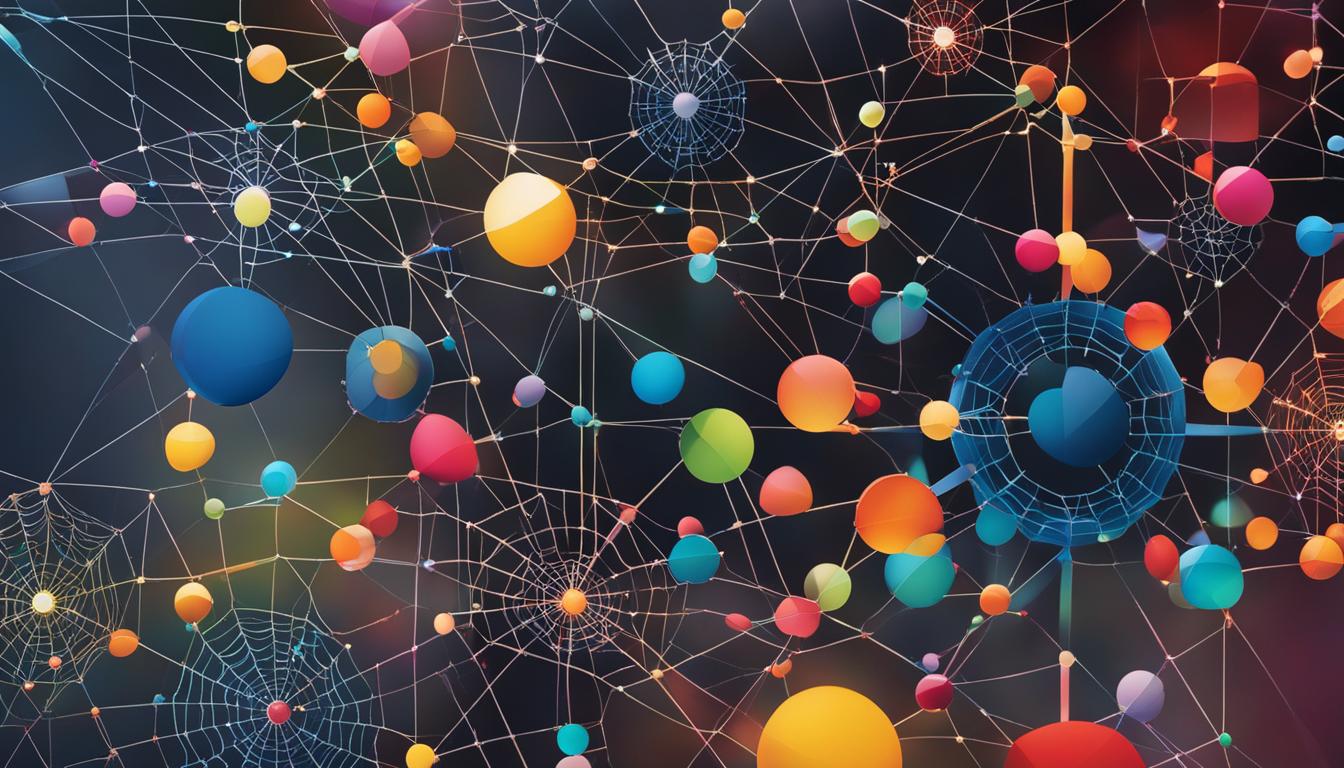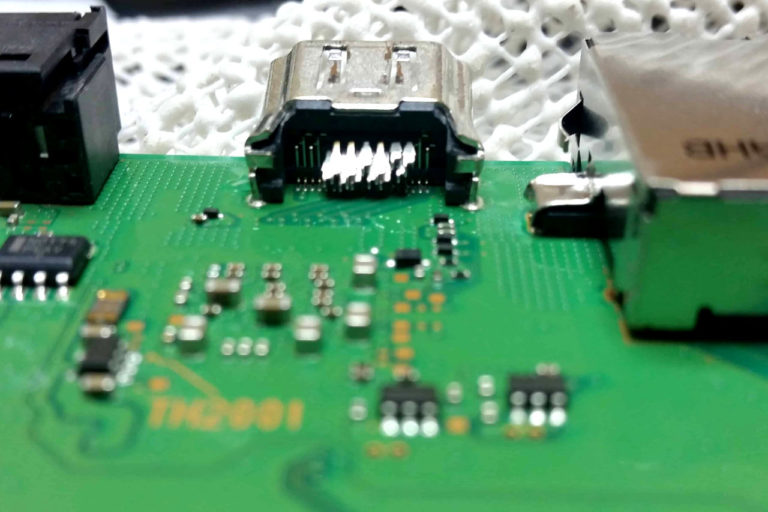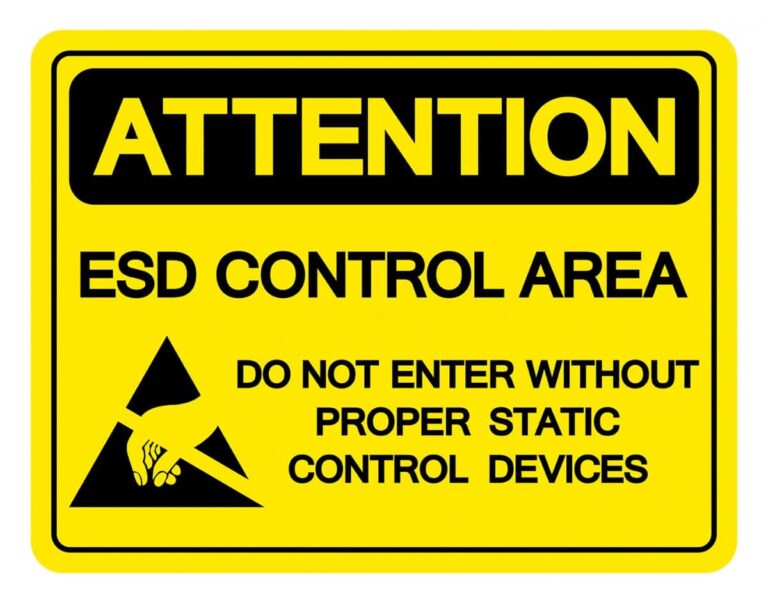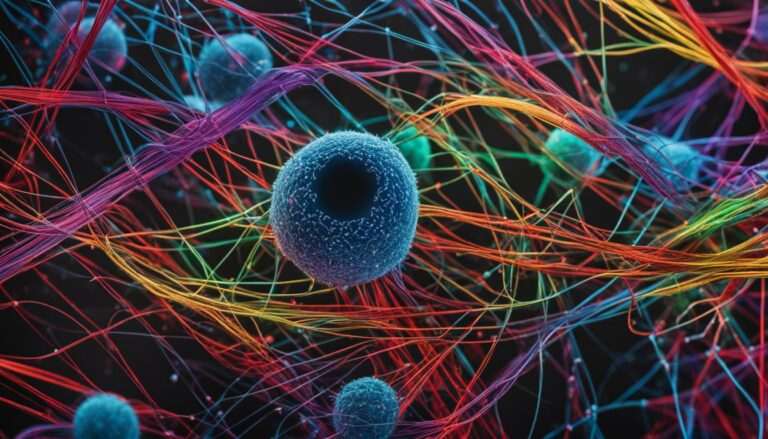The Rise of AI in Diagnostic Tools and Predictive Maintenance
The application of artificial intelligence (AI) in healthcare is expected to provide substantial improvements in diagnostics and treatment. AI tools can enhance the work of healthcare staff and support tasks such as image analysis, medical device automation, and patient monitoring. The use of AI in diagnostic tools and predictive maintenance is revolutionising the healthcare industry and improving efficiency. AI algorithms have shown comparable or better performance than humans in analysing medical images and correlating symptoms with disease characterisation. The AI-associated healthcare market is expected to reach USD 6.6 billion by 2021.
The Role of AI in Healthcare Applications
Artificial intelligence (AI) has revolutionized various healthcare applications, including diagnostic imaging and decision support systems. Machine learning in healthcare has paved the way for AI-powered diagnostic imaging, enabling the detection and analysis of medical images to identify diseases or abnormalities. This technology has proven to be highly effective, providing accurate and timely diagnoses for improved patient outcomes.
AI-powered diagnostic imaging utilizes advanced algorithms that can analyze complex medical images, such as X-rays, CT scans, and MRIs. These algorithms can quickly and accurately identify patterns and abnormalities that may be missed by human eyes. By harnessing the power of machine learning, healthcare professionals are able to make more informed diagnoses and treatment decisions, leading to better patient outcomes.
AI-powered diagnostic imaging has the potential to revolutionize healthcare by providing faster and more accurate diagnoses. This technology is poised to transform the field of radiology and other imaging modalities, enabling early detection of diseases and improved treatment planning.
The Benefits of AI-powered Diagnostic Imaging
The use of AI in diagnostic imaging brings numerous benefits to the healthcare industry. Firstly, it significantly reduces the time taken for image analysis, allowing healthcare professionals to quickly diagnose and treat patients. This can lead to faster recovery times and improved patient satisfaction.
Additionally, AI-powered diagnostic imaging can help reduce the risk of misdiagnoses and unnecessary procedures. By providing healthcare professionals with more accurate and reliable information, AI algorithms assist in making more precise diagnoses, eliminating guesswork, and reducing the potential for errors.
| Benefits of AI-powered Diagnostic Imaging |
|---|
| Reduced time for image analysis |
| Improved accuracy in diagnoses |
| Reduced risk of misdiagnoses and unnecessary procedures |
| Enhanced patient outcomes and satisfaction |
The table above summarizes the key benefits of AI-powered diagnostic imaging in healthcare.
In conclusion, AI plays a crucial role in healthcare applications, particularly in diagnostic imaging and decision support systems. The use of machine learning algorithms in these areas enables faster, more accurate diagnoses and improved patient outcomes. The benefits of AI-powered diagnostic imaging include reduced time for image analysis, improved accuracy in diagnoses, reduced risk of misdiagnoses and unnecessary procedures, and enhanced patient outcomes and satisfaction.
The Impact of AI on Predictive Maintenance
Artificial intelligence (AI) is making significant strides in improving the field of predictive maintenance. Through automated diagnostics and deep learning medical diagnosis, AI is revolutionizing the way equipment failures are detected and prevented, leading to increased efficiency and cost savings.
By utilizing powerful deep learning algorithms, AI can analyze vast amounts of data and identify patterns that indicate potential equipment malfunctions. This allows for timely maintenance actions to be taken, preventing costly breakdowns and minimizing downtime. For industries that heavily rely on machinery and equipment, such as manufacturing and healthcare, AI-powered diagnostics are particularly effective in improving operational efficiency.
In the healthcare sector, AI-powered diagnostics play a crucial role in early disease detection and prevention. By analyzing electronic health records and medical imaging scans, AI algorithms can accurately identify diseases at an early stage, enabling healthcare professionals to intervene promptly and provide timely treatments. This not only improves patient outcomes but also reduces healthcare costs by avoiding costly late-stage treatments.
The Benefits of AI-Powered Diagnostics in Predictive Maintenance
The use of AI in predictive maintenance offers several benefits. Automated diagnostics enable real-time monitoring of equipment performance, allowing for proactive maintenance rather than reactive fixes. This reduces the risk of unexpected breakdowns and minimizes the impact on production schedules.
Furthermore, AI-powered diagnostics can lead to improved resource allocation by identifying maintenance needs and prioritizing them based on criticality and urgency. This ensures that limited resources are allocated efficiently, maximizing productivity and minimizing costs.
Overall, the impact of AI on predictive maintenance is transformative. By harnessing the power of automated diagnostics and deep learning medical diagnosis, industries can achieve significant improvements in operational efficiency, cost savings, and timely detection and prevention of equipment failures.
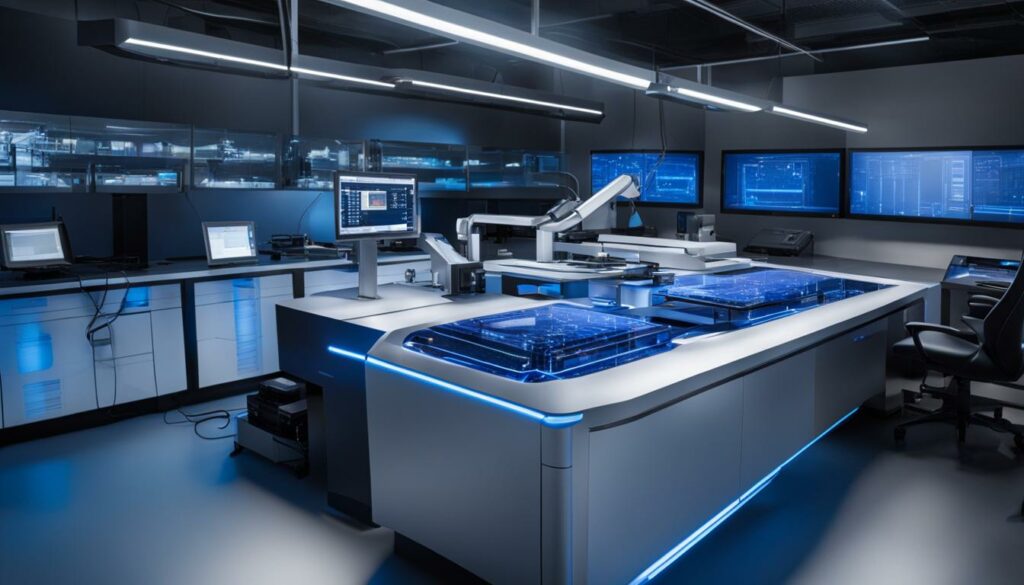
Advancements in AI Technology
The rapid development of AI technology has led to significant advancements in AI-powered tools and technologies. One of the key breakthroughs in AI is deep learning, a subfield of machine learning that has revolutionized the analysis of complex data. Deep learning algorithms enable AI systems to automatically learn and identify patterns, correlations, and insights that were previously difficult to detect. This has paved the way for the creation of highly accurate and efficient AI-powered tools in various industries, including healthcare.
One area where AI technology is making a profound impact is machine vision. Machine vision systems leverage AI algorithms to analyze visual data, such as images and videos, and extract meaningful information from them. In healthcare, machine vision plays a crucial role in medical imaging, enabling AI-powered diagnostic tools to accurately interpret medical images, detect abnormalities, and assist healthcare professionals in making accurate diagnoses.
Another significant advancement in AI technology is natural language programming. Natural language programming allows AI systems to understand and process human language in a way that is similar to how humans do. This technology enables AI-powered tools to interact with users through natural language interfaces, making them more intuitive and user-friendly. In healthcare, natural language programming can be utilized to develop AI-powered chatbots or virtual assistants that can assist patients in answering medical queries, scheduling appointments, and providing personalized healthcare recommendations.
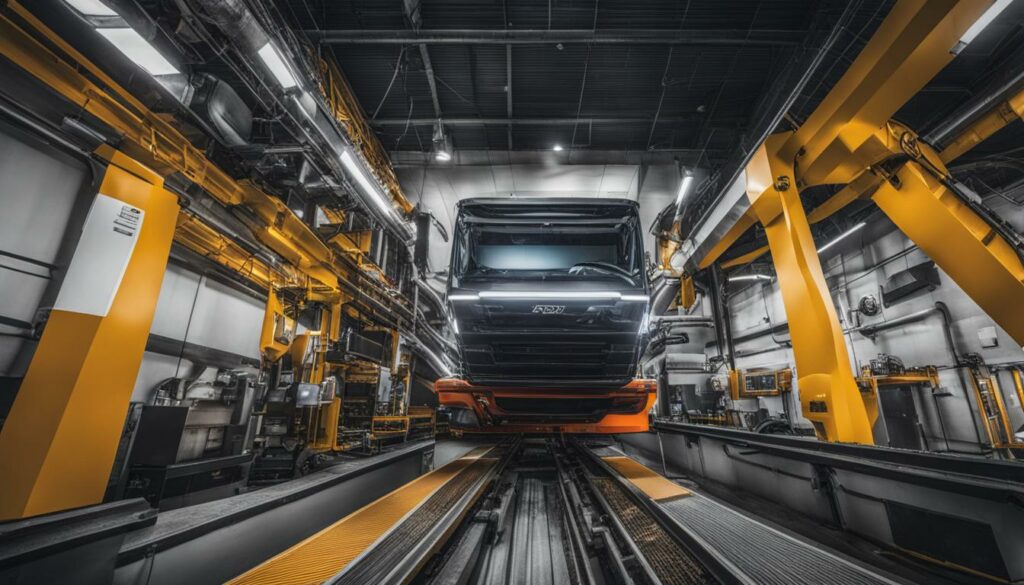
Advancements in AI Technology Table
| Advancement | Description |
|---|---|
| Deep Learning | A subfield of machine learning that enables AI systems to analyze complex data and identify patterns and correlations. |
| Machine Vision | AI-powered systems that analyze visual data to extract meaningful information, particularly useful in medical imaging and diagnostic tools. |
| Natural Language Programming | Allows AI systems to understand and process human language, enhancing the interaction between AI-powered tools and users. |
The Benefits of AI-Powered Diagnostics
AI-powered diagnostics offer numerous benefits in healthcare, revolutionizing the way diseases are detected, diagnosed, and treated. One of the key advantages is the ability to achieve precision medicine through personalized treatment plans. By analyzing vast amounts of patient data, AI algorithms can identify patterns and correlations that help healthcare professionals develop tailored treatment strategies for individual patients.
With the help of AI, early disease detection becomes more achievable. By analyzing patient data and medical history, AI algorithms can accurately predict the likelihood of developing certain diseases based on genetic factors, lifestyle choices, and other individual characteristics. This empowers healthcare providers to make timely interventions and implement preventive measures, leading to improved health outcomes.
Furthermore, AI-powered diagnostics enable healthcare professionals to make more accurate and efficient diagnoses. By analyzing numerous data points, including medical images, electronic health records, and patient symptoms, AI algorithms can provide valuable insights and support in the diagnostic process. This can lead to faster and more accurate diagnoses, ultimately saving both time and lives.
Increased Efficiency and Cost Savings
In addition to improving patient outcomes, AI-powered diagnostics also contribute to increased efficiency and cost savings in healthcare. By automating repetitive tasks and streamlining processes, AI algorithms can help healthcare professionals optimize their workflow and make more informed decisions. This not only reduces the burden on healthcare staff but also minimizes errors and improves overall operational efficiency.
Moreover, AI-powered diagnostics can help healthcare facilities manage resources more effectively. By accurately predicting the risk of equipment failures and identifying maintenance needs in advance, AI algorithms enable proactive maintenance measures. This prevents costly breakdowns, minimizes downtime, and ensures that medical equipment is always in optimal working condition.
| Benefits of AI-Powered Diagnostics: |
|---|
| Facilitates precision medicine and personalized treatment plans |
| Enables early disease detection and timely interventions |
| Improves accuracy and efficiency in diagnoses |
| Increases operational efficiency and cost savings |
Overall, AI-powered diagnostics have the potential to revolutionize healthcare by offering personalized treatment plans, improving disease detection and diagnosis, and optimizing resource management. As AI technology continues to advance, we can expect further enhancements in precision medicine and ultimately a transformative impact on healthcare outcomes.
The Future of AI in Healthcare
The future of healthcare is being reshaped by the rapid advancements in AI technology. As AI continues to evolve, its potential in healthcare is becoming increasingly evident. One area where AI is making significant strides is in the development of AI-powered diagnostics. These sophisticated tools have the capability to analyze vast amounts of medical data and provide accurate and timely diagnoses.
AI-powered diagnostics have the potential to revolutionize healthcare by enabling early disease detection and personalized treatment plans. By analyzing patient data, including genetic information and lifestyle factors, AI algorithms can identify potential risks and tailor treatment options accordingly. This level of precision and individualization has the potential to greatly improve patient outcomes and overall healthcare efficiency.
Moreover, AI-powered diagnostics are not limited to traditional medical tests. They have also shown promise in analyzing medical imaging data, such as X-rays and MRIs. By leveraging machine learning algorithms, AI can identify patterns and anomalies that may be missed by human radiologists, thereby improving the accuracy of diagnoses.
“AI-powered diagnostics have the potential to revolutionize healthcare by enabling early disease detection and personalized treatment plans.”
However, the future of AI in healthcare goes beyond diagnostics. AI has the potential to transform various aspects of healthcare, including patient monitoring, drug discovery, and administrative tasks. For example, AI algorithms can continuously monitor patient vitals and alert healthcare providers of any abnormalities, enabling early interventions.
| AI Applications in Healthcare | Benefits |
|---|---|
| Predictive analytics for patient monitoring | Early detection of complications |
| Drug discovery and development | Acceleration of the drug development process |
| Administrative tasks automation | Reduction in paperwork and administrative burden |
In conclusion, the future of AI in healthcare is promising. With ongoing advancements in AI technology, we can expect to see even more powerful and accurate AI-powered diagnostics. These tools have the potential to transform healthcare by enabling early disease detection, personalized treatment plans, and improved patient outcomes. As AI continues to evolve, its applications in healthcare will expand, revolutionizing the way we deliver and receive medical care.
Conclusion
The rise of AI in diagnostic tools and predictive maintenance is revolutionising healthcare and industrial efficiency. AI-powered diagnostics have the potential to detect diseases at an early stage, improving accuracy and speed in diagnoses, and enabling personalised treatment plans. Technological advancements in AI are driving the development of AI-powered tools and technologies, leading to improved healthcare outcomes.
The future of AI in healthcare looks promising, with continued advancements expected to enhance diagnostics, treatment, and patient care. AI-powered diagnostics will continue to play a significant role in early disease detection and prevention, empowering healthcare professionals with superhuman abilities and ultimately saving lives. The potential for personalised healthcare and precision medicine will further transform the way we approach healthcare.
The integration of AI in healthcare not only benefits patient care but also improves industrial efficiency. The use of AI in predictive maintenance enables automated diagnostics, allowing for timely maintenance actions to be taken, preventing costly breakdowns and minimising downtime. With the continued development of AI technology, we can expect further improvements in diagnostics, treatment, and patient care, ultimately leading to a more efficient and effective healthcare system.
FAQ
How is artificial intelligence (AI) used in healthcare?
AI is used in healthcare applications such as clinical documentation, patient outreach, and specialized support like image analysis and medical device automation.
What is the role of AI in healthcare diagnostics?
AI-powered diagnostic imaging enables the detection and analysis of medical images to identify diseases or abnormalities. Diagnostic decision support systems powered by AI assist healthcare professionals in making accurate diagnoses and treatment decisions.
How does AI impact predictive maintenance in healthcare?
Through automated diagnostics enabled by deep learning algorithms, AI can analyze large datasets and identify patterns that indicate potential equipment failures. This allows for timely maintenance actions to be taken, preventing costly breakdowns and minimizing downtime.
What are some advancements in AI technology?
Companies like IBM Watson and Google’s Deep Mind are at the forefront of AI research, applying AI in areas such as medical imaging, diagnostics, and patient monitoring. Machine vision and natural language programming are among the technologies being utilized to improve the accuracy and efficiency of AI-powered diagnostics.
What are the benefits of AI-powered diagnostics in healthcare?
AI-powered diagnostics enable early disease detection through the analysis of patient data, leading to timely interventions and improved health outcomes. AI algorithms can accurately predict the likelihood of developing certain diseases based on individual factors, enabling personalized treatment plans and more effective interventions.
What is the future of AI in healthcare?
The future of healthcare is closely intertwined with advancements in AI technology. Continued development and application of AI in healthcare will lead to further improvements in diagnostics, treatment, and patient care. AI-powered diagnostics will play a significant role in early disease detection and prevention, empowering healthcare professionals and ultimately saving lives.
